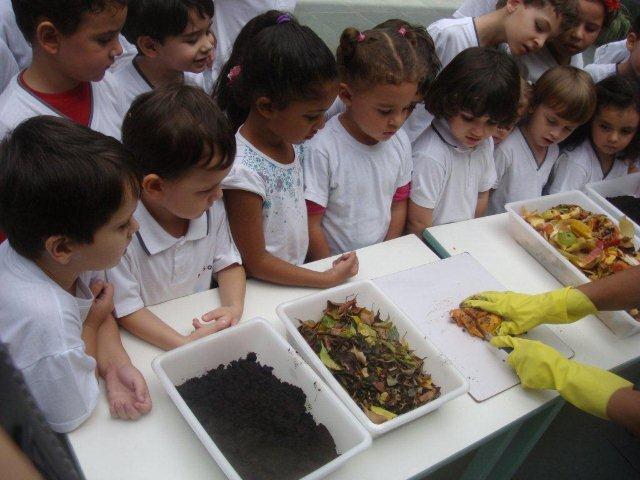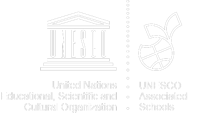Education for Sustainable Development (ESD) means including key sustainable development issues into teaching and learning; for example, climate change, disaster risk reduction and biodiversity, but also poverty reduction, conflict resolution and sustainable consumption. ESD equally concerns the three dimensions of sustainable development, namely the environmental, economic and social dimension.

ESD requires far-reaching changes in the way education is often practised today: It requires participatory teaching and learning methods which motivate and empower learners to change their behaviour and take action for sustainable development. ESD consequently promotes competencies like critical thinking, imagining future scenarios and making decisions in a collaborative way, allowing every learner to acquire the knowledge, skills, attitudes and values necessary to shape a sustainable future. In this respect, Education for Global Citizenship and Education for Sustainable Development mutually reinforce each other: sustainable development challenges often motivate the promotion of global citizenship through education, and emphasize the linkage from the local to the global and from the global to the local.
In the framework of the United Nations Decade of Education for Sustainable Development (DESD, 2005-2014), led by UNESCO, ASPnet schools have conducted pilot projects to better prepare children and young people to tackle effectively the challenges of an increasingly interdependent world, as well as pilot-tested and developed ESD methods and materials, and provided examples of good practices for others.
With the DESD soon coming to an end, Associated Schools will also play an important role in implementing the Global Action Programme on ESD to be launched at the UNESCO World Conference in Japan in November 2014.
For the ASPnet, orienting schools towards sustainable development implies: integrating key local and global issues into the curriculum; designing teaching and learning methods in an interactive way so that critical, analytical thinking, creativity, openness, self-confidence and self-esteem are encouraged; creating their whole campus as a learning environment, for example by ‘greening’ school activities; linking the school’s efforts with respect for human rights, diversity and sustainable development actions in the local community; and, thus, furthering the emergence of globally-minded citizens. UNESCO and ASPnet promote a whole-school approach which enables principals, teachers, learners and supporting staff to jointly develop a vision and plan to implement ESD in the whole institution.
What is or could be done at your school to promote a sustainable learning environment?
Share your experience by joining our Online Discussion!
Related publications and websites
